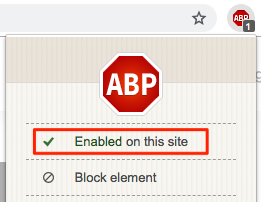
Chicago 2009 Video – Robotic Assisted D2 dissection for Gastric Adenocarcinoma
January 16, 2010
R. Pugliese, GC Ferrari, P. De Martini, C. Magistro, M. Gualtierotti
SUMMARY
A 4/5 Robot assisted subtotal gastrectomy with D2 nodal clearence is performed. The robotic procedure begins with lymphadenectomy on the anterior aspect of proper hepatic artery (group 12a,12b), then the right gastric artery is divided and the suprapyloric nodes are removed (group 5). Lymphadenectomy is completed by ablation of nodal tiers 8a,9,11p followed by division of the left gastric artery with removal en bloc of group 7 with tiers 1,3 and 5 along the lesser curvature. The stomach is transected and digestive restoration is obtained by a transmesocolic gastro-jejunal anastomosis with a 50 cm Roux-en-Y jejunal limb. The opening is closed by robotic running suture.
Background
The aim of this video was to assess the feasibility of robot–assisted D2 lymph nodal dissection associated to gastrectomy for adenocarcinoma.
Patients and methods
A 71 years old woman presented with early gastric cancer located at the antrum. No metastatic lesions were observed. She underwent a 4/5 Robot assisted subtotal gastrectomy with D2 nodal clearence by a 3-armed da Vinci ® Robotic Surgical System. The coloepiploic detachment and the dissection of the underpyloric nodes is performed by laparoscopy. The robotic procedure begins with lymphadenectomy on the anterior aspect of proper hepatic artery (group 12a,12b), then the right gastric artery is divided and the suprapyloric nodes are removed (group 5). Lymphadenectomy is completed by ablation of nodal tiers 8a,9,11p followed by division of the left gastric artery with removal en bloc of group 7 with tiers 1,3 and 5 along the lesser curvature. The stomach is transected by linear stapler by the first assistant to obtain a 4/5 gastrectomy. A 50
cm Roux-en-Y jejunal limb is chosen for restoration of the digestive tract. A transmesocolic gastro-jejunal anastomosis is fashioned by the first assistant by a linear cutting stapler on the posterior wall of the gastric stump, with the loop in vertical position. The opening is closed by robotic running suture.
Results
No intraoperative complication was registered. The operating time was 352 minutes, the set up of robot was 18 minutes. The histological report was T1No with 37 lymph nodes collected. The resection margin was 6.5 cm .The hospital stay was 10 days. The follow up at 25 months showed no recurrence.
Conclusions
Robotic gastrectomy for cancer yielding adequate D2 nodal clearance is safe and feasible with respect of oncologic principles. Robotic techniques can represent a remarkable tool to improve laparoscopic surgeon’s ability and precision in small surgical fields.







